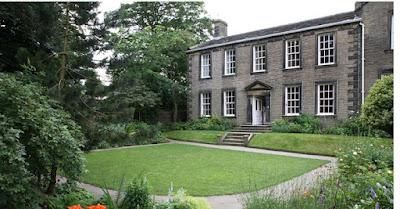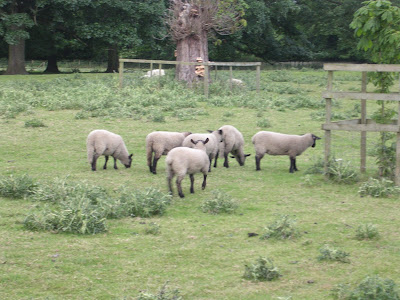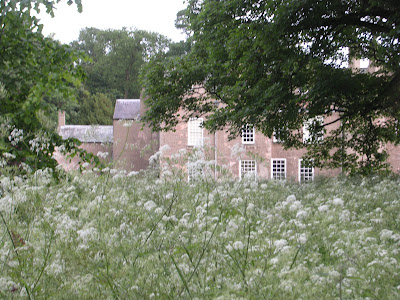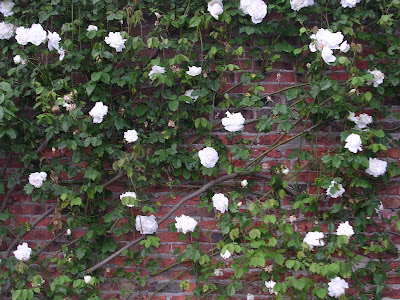Victoria here, wishing Happy 200th Birthday to Miss Bronte.
Among many other events planned for the bicentenary, the Bronte Society and Bronte’s home, the Haworth Parsonage Museum, are mounting an exhibition curated by Tracy Chevalier, here, entitled Charlotte Great and Small.
The National Portrait Gallery, London, will show Bronte items through August 15, 2016.
Charlotte, born April 21 1816, was the oldest of the Bronte sisters. Her most famous novel, Jane Eyre, was published in 1847; Charlotte used the pen name Currer Bell. One of the best-known works of English literature, it has been filmed many times with varying interpretations of both Jane and Rochester.
Personally, as a young person, I loved it, Then I came across an analysis which criticized the way in which Rochester dealt with his first wife, Bertha (madwoman in the attic); other women, including Jane; and how he and Jane cannot fulfill their love until he is maimed. Okay then…I changed my mind and I no longer care for it.
Plus I read a very interesting novel about the first Mrs. Rochester, her life in Jamaica, and her mental disturbances. Out in 1966, Wide Sargasso Sea written by Jean Rhys, is a disturbing story involving British plantation owning families, their slaves, and the dangerous, disease-laden life on the island. It also has been filmed.
A further chapter in my personal encounter with Jane Eyre came some years ago when Kristine and I visited Norton Conyers, a decaying country house in North Yorkshire. According to its website, “The discovery in 2004 of a blocked staircase connecting the first floor to the attics and clearly mentioned in the novel, aroused world-wide interest in Norton Conyers and confirmed it as a principal original of ‘Thornfield Hall’.”
The owners welcomed our little group, told us about the history of the very old house, probably dating back to before the 15th century. But it might be most famous for the story of how Charlotte Bronte, then a governess nearby, visited the house. For now lost reasons, a madwoman had been imprisoned in the attic, giving Charlotte ideas for the story of Jane Eyre.
They invited us to go upstairs and take a look, so we clambered up to the very dusty and cobwebby attic to see the place supposedly occupied by the madwoman.
The gardens at Norton Conyers are beautiful, probably even more so because they have gone a little wild. The grounds are sometimes used for weddings.
Irish-born Patrick Bronte (1777-1861), father of the six Bronte children, survived all of them, as well as his wife. They lived in Haworth, where he was curate of St, Michael’s and All Angels Church. Set amidst the moors, the town even today has a dreary and dismal atmosphere. When I visited, I couldn’t wait to get away. No wonder all the children suffered ill health and most died young.
Charlotte Bronte wrote poetry, several other novels, most notably Shirley (1849) and Villette (1853). Anne wrote as well, primarily The Tenant of Wildfell Hall. Emily is most famous for Wuthering Heights, another novel I once admired until I realized how abusive Heathcliff was.
After the deaths of all her siblings, Charlotte accepted a marriage proposal from Arthur Bell Nichols in 1854, but she lived only a short time after the wedding.
To cheer you, a few more pictures from Norton Conyers.


















